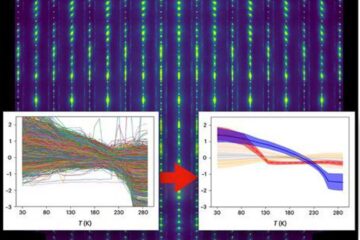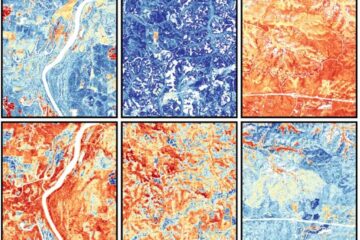Researchers discover why measles spreads so quickly

Measles virus is perhaps the most contagious virus in the world, affecting 10 million children worldwide each year and accounting for 120,000 deaths. An article published in the Nov. 2, 2011 issue of Nature explains why this virus spreads so rapidly.
The discovery by Roberto Cattaneo, Ph.D., at Mayo Clinic in Rochester, MN, in collaboration with Veronika von Messling, DVM, at the Centre INRS–Institut Armand-Frappier and research teams at several other universities opens up promising new avenues in cancer treatment.
Measles virus spreads from host to host primarily by respiratory secretions. This mode of transmission explains why the virus spreads so quickly and how it resists worldwide vaccination programs to eradicate it.
The study in Nature shows for the first time how the measles virus “exits” its host via nectin-4, which is found in the trachea. While viruses generally use cellular receptors to trigger and spread infection in the body, measles virus uses one host protein to enter the host and another protein expressed at a strategic site to get out.
Nectin-4 is a biomarker for certain types of cancer, such as breast, ovarian, and lung cancers. Clinical trials are currently under way using a modified measles virus. Because measles virus actively targets nectin-4, measles-based cancer therapy may be more successful in patients whose cancers express nectin-4. Such therapy could be less toxic than chemotherapy or radiation.
Research was conducted in Dr. Cattaneo's laboratory in collaboration with the Paul Ehrlich Institute in Langen, Germany, the University of Iowa in Iowa City, U.S.A., Centre INRS–Institut Armand-Frappier in Laval, Canada, Inserm UMR 891/CRCM/Institut Paoli-Calmettes/Université d'Aix-Marseille in Marseille, France, and Duke-NUS Graduate Medical School in Singapore.
Institut national de recherche scientifique (INRS) is a graduate and postgraduate research and training university. One of Canada's leading research universities in terms of grants per professor, INRS brings together some 150 professors and close to 700 students and postdoctoral fellows in its centres in Montreal, Quebec City, Laval, and Varennes. INRS research teams conduct fundamental research essential to the advancement of science in Quebec as well as internationally and play a critical role in developing concrete solutions to problems facing our society.
Media Contact
More Information:
http://www.inrs.caAll latest news from the category: Life Sciences and Chemistry
Articles and reports from the Life Sciences and chemistry area deal with applied and basic research into modern biology, chemistry and human medicine.
Valuable information can be found on a range of life sciences fields including bacteriology, biochemistry, bionics, bioinformatics, biophysics, biotechnology, genetics, geobotany, human biology, marine biology, microbiology, molecular biology, cellular biology, zoology, bioinorganic chemistry, microchemistry and environmental chemistry.
Newest articles

Machine learning algorithm reveals long-theorized glass phase in crystal
Scientists have found evidence of an elusive, glassy phase of matter that emerges when a crystal’s perfect internal pattern is disrupted. X-ray technology and machine learning converge to shed light…

Mapping plant functional diversity from space
HKU ecologists revolutionize ecosystem monitoring with novel field-satellite integration. An international team of researchers, led by Professor Jin WU from the School of Biological Sciences at The University of Hong…

Inverters with constant full load capability
…enable an increase in the performance of electric drives. Overheating components significantly limit the performance of drivetrains in electric vehicles. Inverters in particular are subject to a high thermal load,…





















